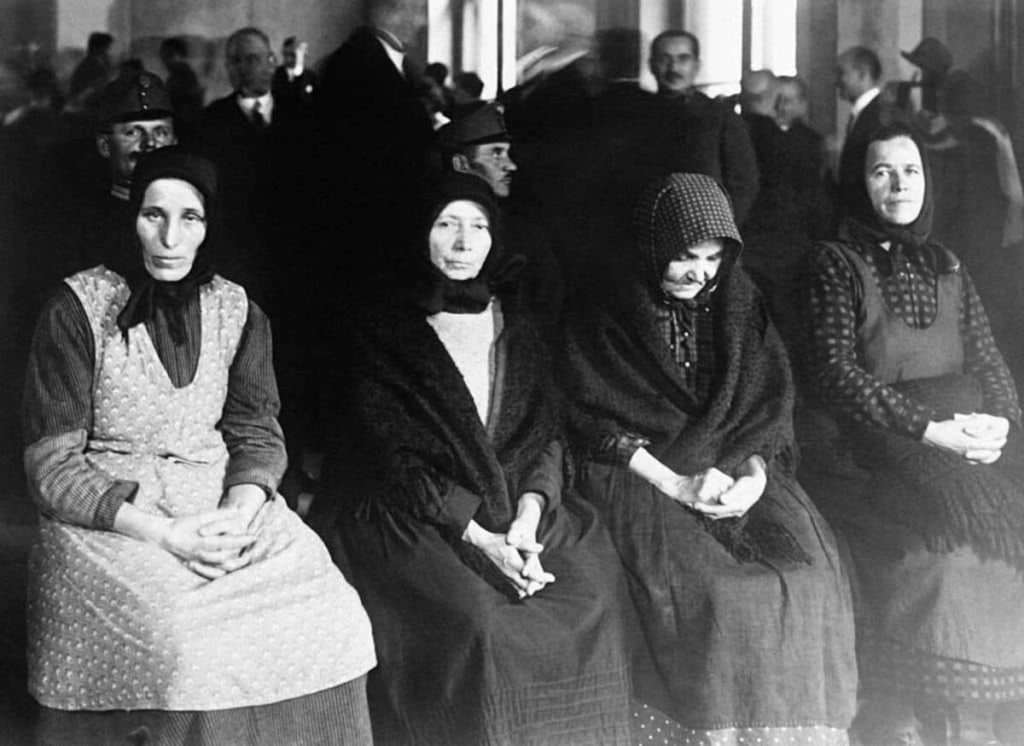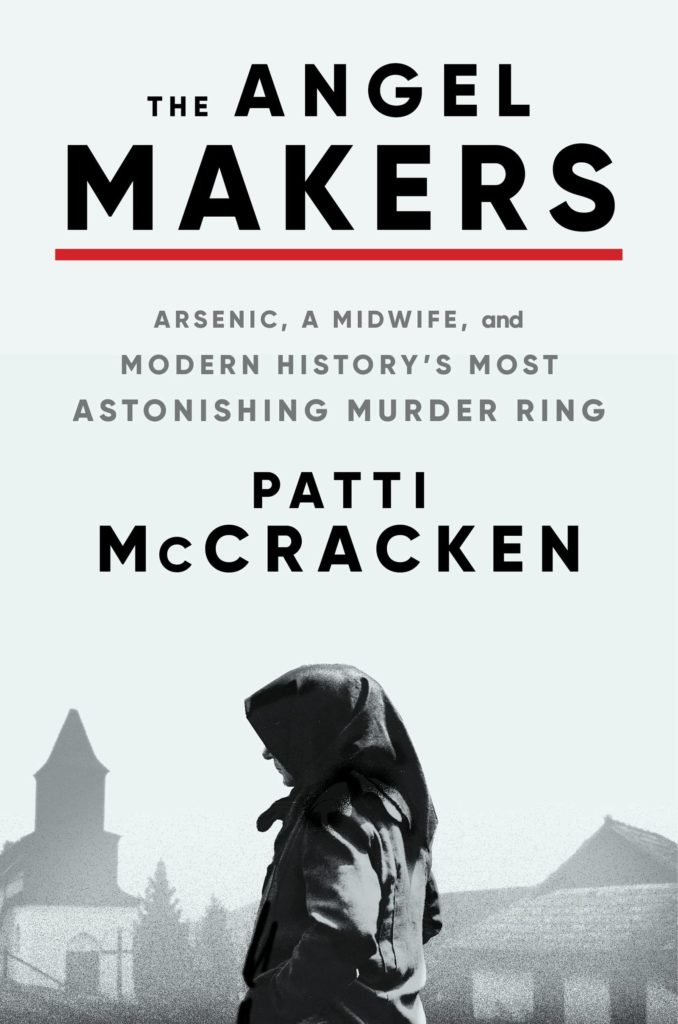In the 1920s, in rural Hungary, there was a quietly prolific murderer — and it was a woman. Auntie Suzy arrived in 1911 and was the closest thing they had to a local doctor. At the time, and in rural areas like this, a midwife would assist with more than just births. They were nurses who offered remedies, attended to the sick, and helped the injured heal. As Nagyrév’s midwife, Auntie Suzy was constantly relied upon by neighbors. Soon her expertise expanded to include poison and murder.
While most of the world celebrated the end of WWI in 1918, the area around Nagyrév found itself stuck in a permanent tug-of-war between Soviet forces and collapsing Hungarian baronies. Then came the deadly influenza, killing even more of the able-bodied men needed to keep the farming village alive. Tiny towns like Nagyrév were humble before the war. They were now poverty-stricken with little hope of better days ahead. People still lived in rudimentary houses, with no utilities, water, or even windows that would open. Decent food was scarce. It seemed perpetually muddy.
The men that did return to Nagyrév to marry were hardly ideal specimens. They’d survived (so far), and no doubt were struggling with the horrors of war, disease, and famine themselves. Still, many were truly abhorrent husbands to teenaged wives with no choice in their marriage. Women shared cooking tips and health remedies as much as they did advice in surviving the next beating.
It was Auntie Suzy who showed some kind of mercy, distorted though it was. When a baby was born without hope of survival, she saved the mother a few days of futile efforts and wailing. When a wife was pregnant yet again, with too little food to feed the family she had, Auntie Suzy would provide a foul-tasting drink that quieted the kicking inside. And when a husband was too brutal, she provided a broth that was sure to cure the problem.
Yes. I am an angel maker.
At her pronouncement, the gendarme seated at the table began to scribble furiously, as Auntie Suzy spilled forth what was to her not a confession but a manifesto on the role of the midwife. It was her obligation, she explained to the men, to help couples have practical families; not more than two mouths to feed, one dowry to pay, one dowry to receive, and only one heir to the property, usually a male. She maintained that she provided a critical service to the poor peasant families in the village, possibly something the upper classes could not appreciate. ~Pg. 100
At the time, arsenic was easily obtainable. It was common in household products, like rat poison and cosmetics. It was also the main active ingredient in fly paper. Enterprising women, like those in Nagyrév, were adept at using anything they had to survive, and fly paper was no exception. By floating it in water overnight, the liquid would have a toxic amount of arsenic in it. It could then be dropped in drinks or food.
Auntie Suzy taught the women of Nagyrév but her pupils likely outstripped her. Once her methods were shared among the desperate women in the village, men were dropping like, well, flies. And the motive was no longer killing to ease a horrendous, impossible situation. People were being killed for inheritances, jealousy, and revenge.
Patti McCracken dusted off the story of the women of Nagyrév from old, cardboard boxes and fading memories nearly a century old. There is no doubt the author immersed herself in the history and worked to remind us that these were real people. The book reads like a novel, with vibrant scenes imagined around known events, dates, times, and places. Occasionally, these scenes felt a bit dropped in and pulled me out of the narrative — though I admit it that is likely a personal preference. When all is said and done, the book is strong and compelling.

It was almost an accident that the women were caught. A suspicious magistrate, an anonymous letter, and an intrepid newspaper reporter finally brought the decades of murder to the public eye. The story would be lost again as the world plunged into an economic depression and fascism.
After all was said and done, an estimated 160 men were poisoned by these Angel Makers. It’s easy to look at the story through the lens of the past and conclude that murder is wrong. It is wrong. And yet, there was something about these women in their fight to survive, to claw their way out of an inhuman, unimaginable existence that makes them sympathetic — at least a bit. These were not monsters. These were people pushing back on a world that had offered only its worst.
My thanks to William Morrow for the advance review copy.
Publisher: William Morrow (March 14, 2023)
Language: English
Hardcover: 336 pages
ISBN-10: 0063275031

